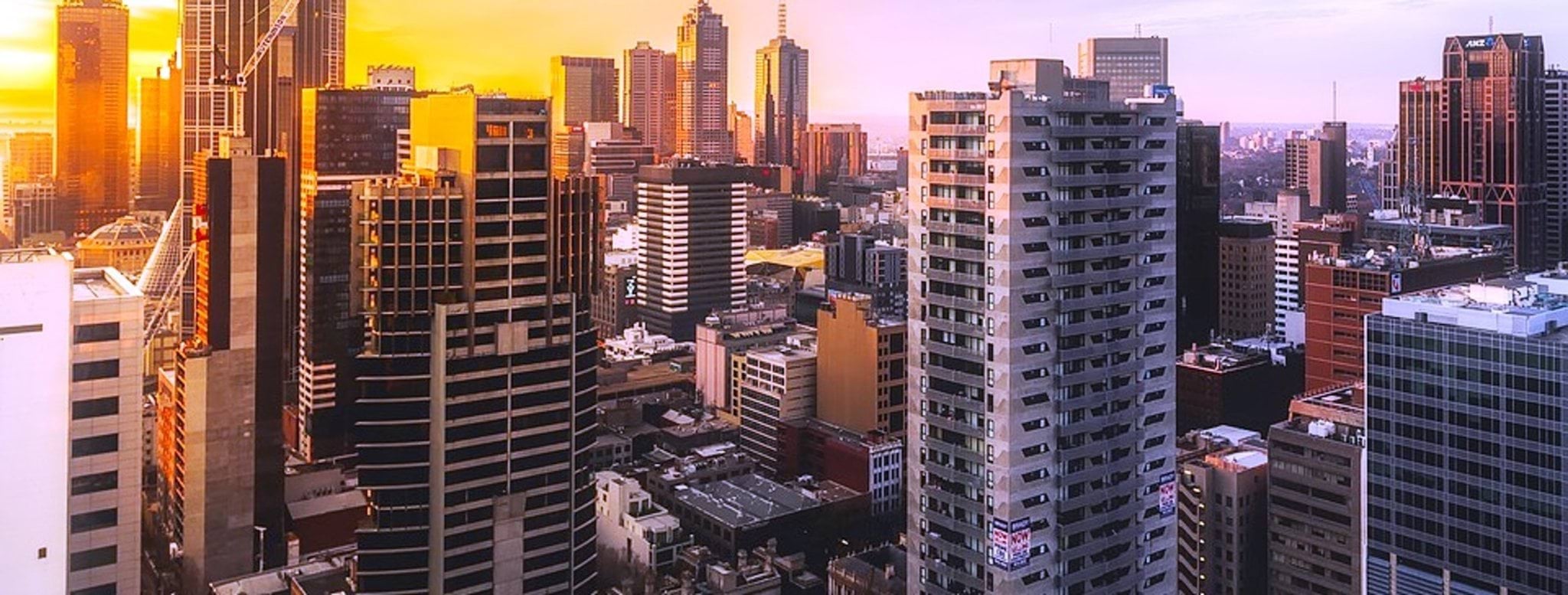The added dangers associated with evacuating a high-rise building mean it is critical to plan for and to know how to respond quickly and safely if there is a fire or other emergency. It is also vital to prevent a fire occurring in the first place.
High Rise Fire Safety Leaflets
High-Rise Fire Safety Leaflet English
(opens in a new window)
High-Rise Fire Safety Leaflet_Arabic
(opens in a new window)
High-Rise Fire Safety Leaflet_Hindi
(opens in a new window)
High-Rise Fire Safety Leaflet_Punjabi
(opens in a new window)
High Rise Fire Safety Leaflet_Simplified Chinese
(opens in a new window)
High-Rise Fire Safety Leaflet_Traditional Chinese
(opens in a new window)
High Rise Fire Safety Leaflet_Vietnamese
(opens in a new window)
For further information, view FRV's Home Fire Safety Booklet, available in 24 languages.
For more information on gas safety, visit Energy Safe Victoria.
Updated
